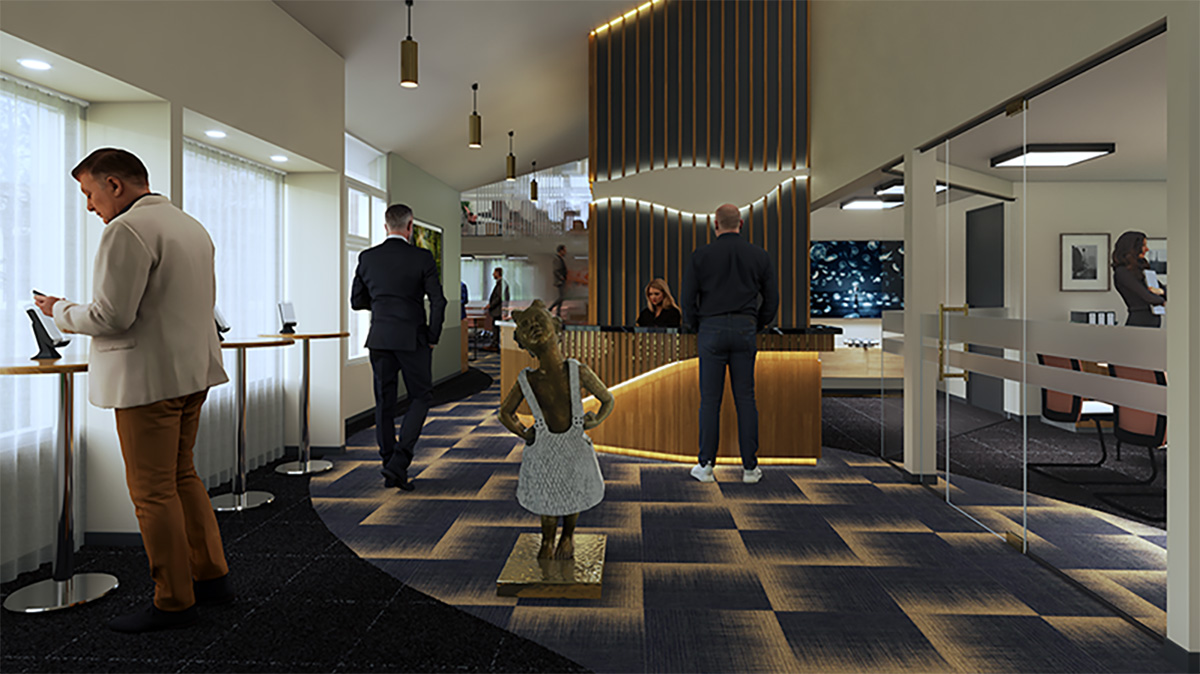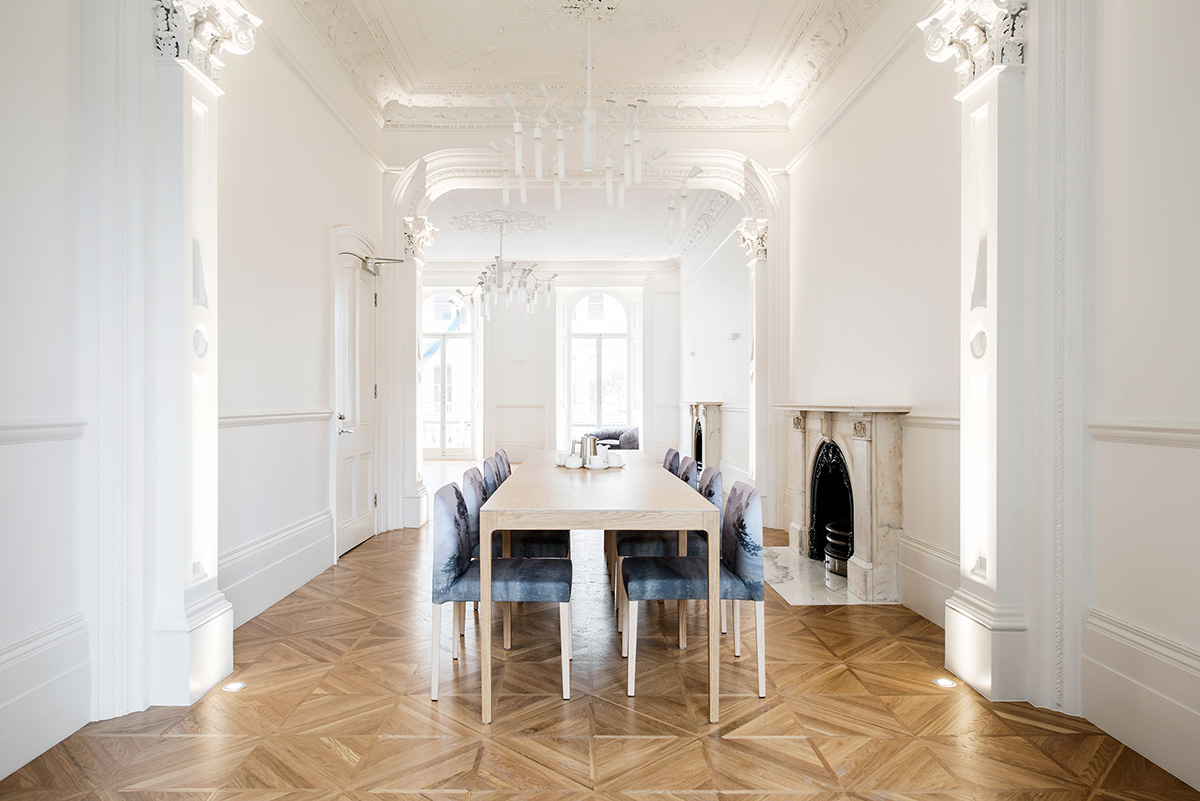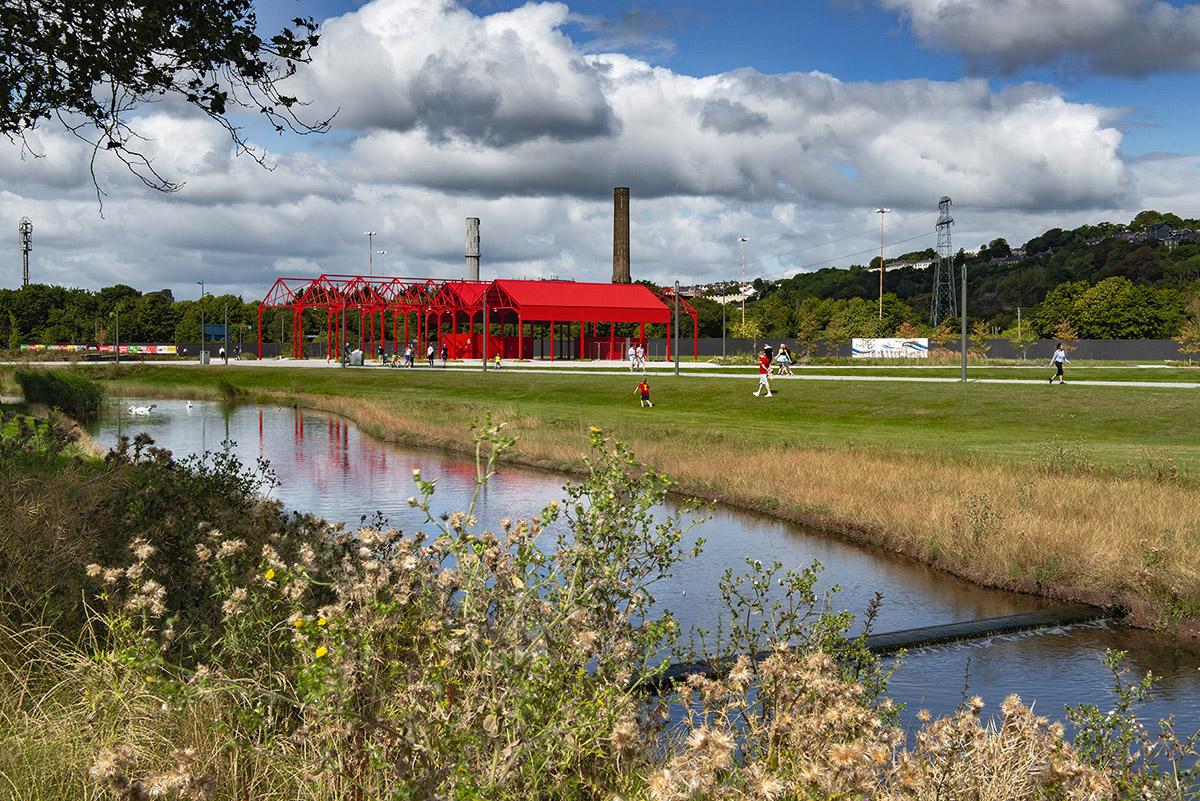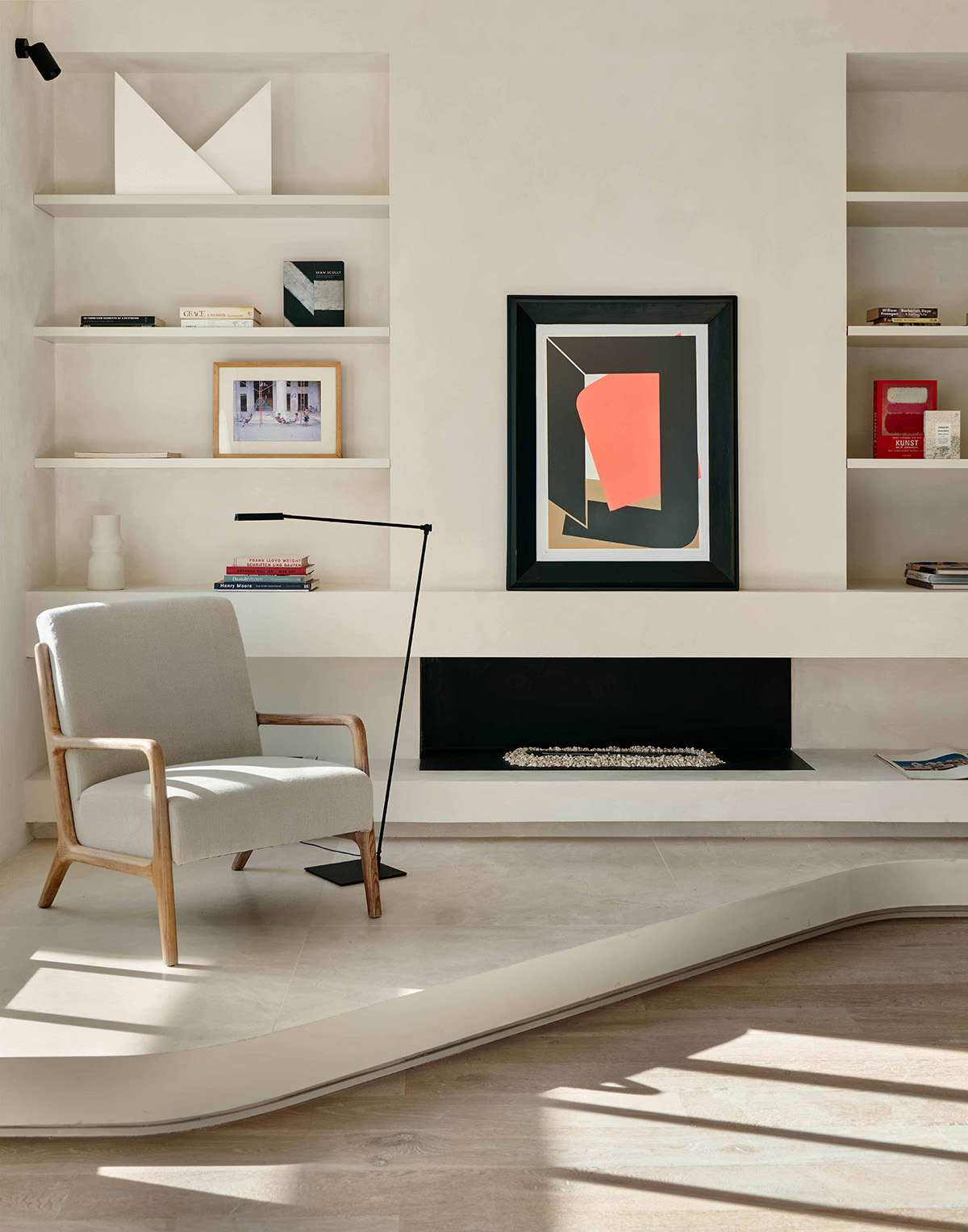aNNeKS: Building stillness through dialogue
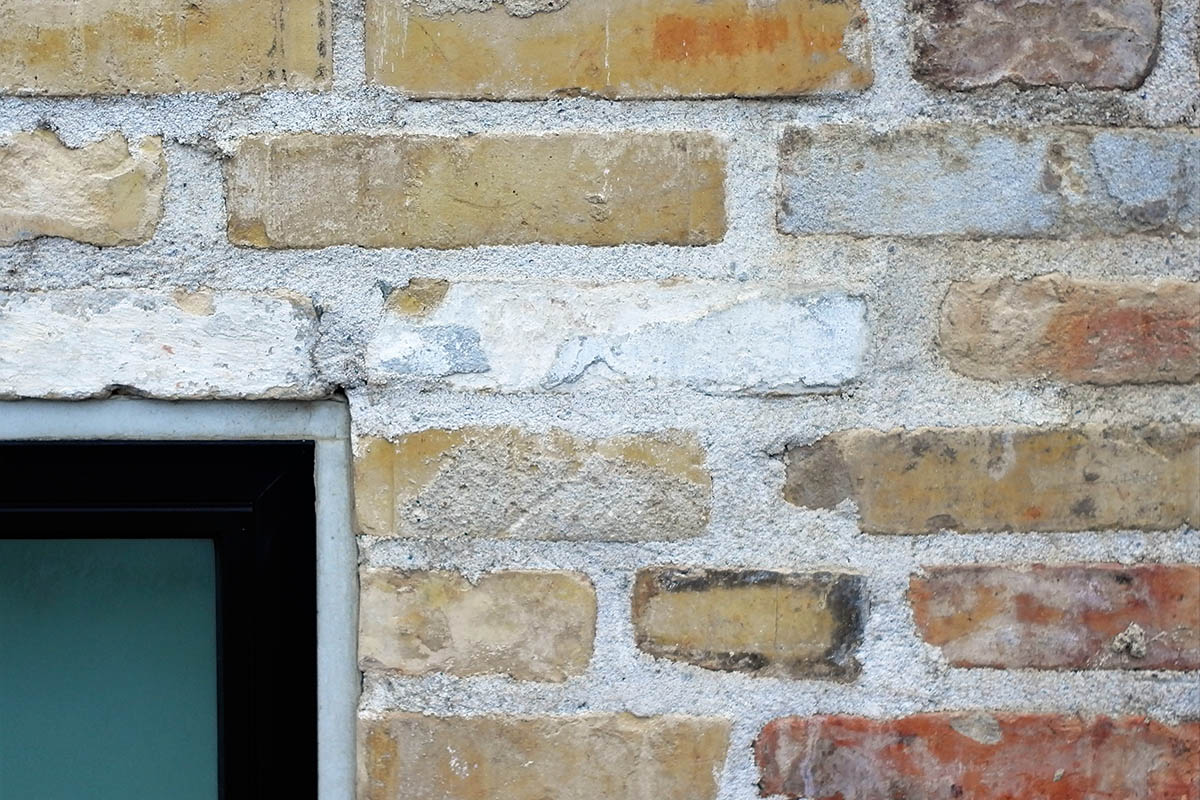
Based on an all-inclusive, democratic dialogue, Danish architecture firm aNNeKS aims to create oases of calm for everyone from office workers to children and homeless people. The result of the dialogue is not just a diverse range of projects, but also a test of a four-day working week for aNNeKS’ employees.
TEXT: SIGNE HANSEN | PHOTOS : ANNEKS
MAIN IMAGE: To create an atmosphere of calm and simplicity, aNNeKS seldom uses more than three different types of materials or colours.
Since taking over aNNeKS in 2004, 51-year-old Morten Sonnenborg has dedicated himself and the firm to designing spaces that not only allow people to escape the everyday busyness of life, but actively facilitate stillness. That means working with a number of tools not customarily a part of the architectural practice. “Literature on psychology, architecture and people is really not that easy to come over; the last Danish publication we have on how the built structures we live in affect us as human beings dates all the way back to 1971,” explains Sonnenborg. “But even though we’re all educated at the Royal Academy of Fine Arts, where we learn to prioritise art above all else – and I also agree that we should – I strongly believe that our job is also to find and integrate the human perspective.”
This approach has resulted in a number of projects specifically adapted to individual users. One example is a school with windows at children’s height, and another is a home for homeless people, which combines a safe, private sphere with a versatile, low-maintenance space that allows for informal socialising.
A London office and homes for homeless people
Creating space for rest, stillness and restitution is at the heart of most of aNNeKS’ designs, and facilitating this requires research into the individual user’s needs. “You need to put yourself in the user’s place and think: what is peace to them? At the moment we’re creating homes for people with autism, and creating an environment that facilitates stillness for them means making sure that everything is manageable,” Sonnenborg says.
aNNeKS applies this approach to living spaces as well as work spaces. In one recent project, for instance, the firm faced the challenge of transforming a typical, bland British office environment for International Consumer Research and Testing Ltd. into a space that could facilitate what is in Danish termed ‘job joy’. “In reality, it was a beautiful old house, so that wasn’t something that we could or would change. What we did was to change the colours and the lighting and soften everything up with wooden panels. On top of that, we created a number of secluded spaces that allowed employees to retreat from the open office space,” explains Sonnenborg.
The requirement for private and protected spaces also guided aNNeKS’ design for individual houses for homeless people. Created for the municipality of Slagelse, the project involved the homes’ future users in design process and dialogue. The result was a design that, with small shielded verandas, enables residents to retain a safe and private sphere outside, and with sturdy interiors, protects the home from the potential damage of reactive behaviour. “The challenge became to create a design that was durable, with interiors that were easy to maintain and hard to break and, at the same time, create a comfortable and safe base that people would want to stay in,” explains Sonnenborg. “We did that with concrete walls, a drain in the floor for easy cleaning; and, to allow users to put their own mark on the place, we added lines of wooden wall cladding, allowing the residents to hang up pictures and creating a softer, warmer feel to the space.”
Creating together
The all-inclusive, democratic dialogue, which guides the design process at aNNeKS, not only includes clients and users, but also all employees and external advisors, such as psychologists. This means that all projects are, as Sonnenborg puts it, quality-checked. “In a lot of firms, it’s the head who draws the big lines and then everyone else fills in the dots, but I’ve chosen to create an openness that allows everybody to give their input at all stages of the design process,” he explains. “No matter what education you have, you can have an opinion – actually, sometimes not being an architect can be an advantage.”
Sonnenborg’s focus on creating a democratic workplace also means that instead of employee evaluations, every week he takes a walk-and-talk with an employee, giving everyone the chance to talk candidly about work and life. One of the results has been the decision to test a four-day working week next year. This, he says, comes from the realisation that for employees to be able to design space for peace and calm in the lives of others, they need it in their own.
Facts about aNNeKS aps:
— Founded in 1963.
— Location: Slagelse and Copenhagen.
— Number of employees: nine.
Web: www.anneks.org
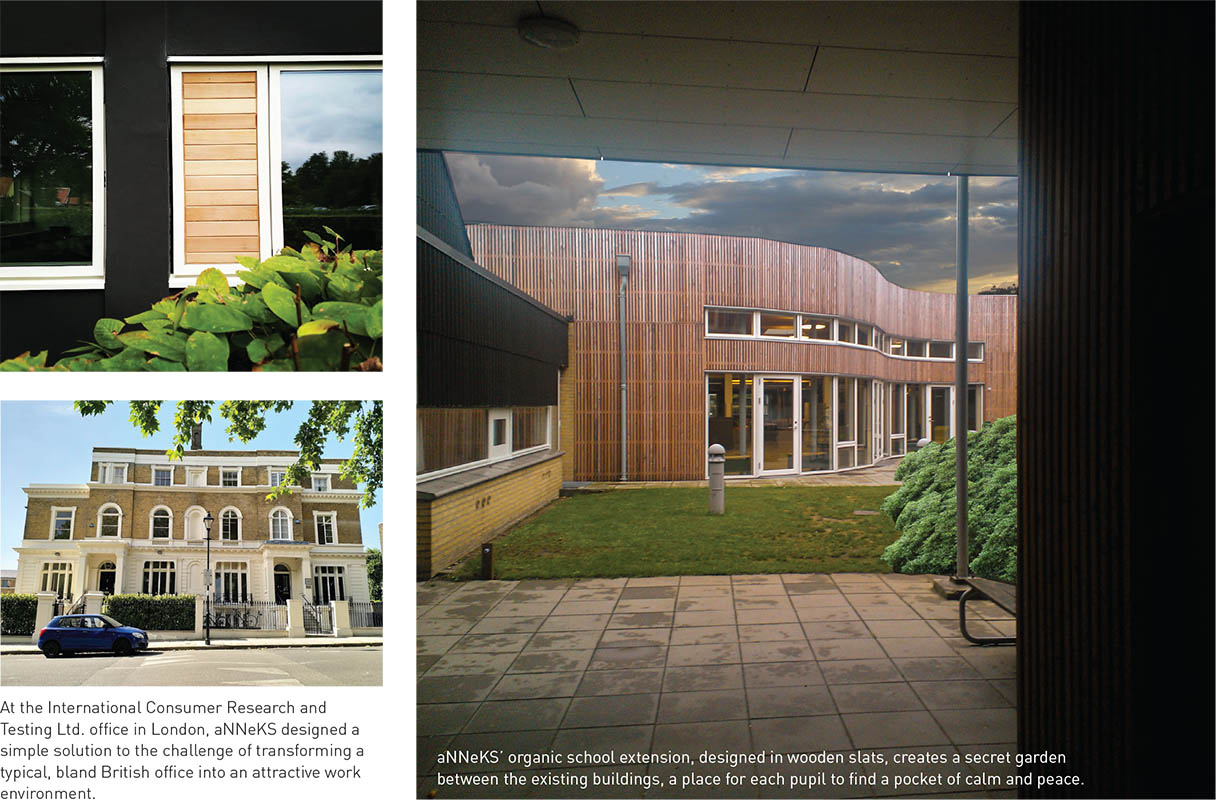
Subscribe to Our Newsletter
Receive our monthly newsletter by email

